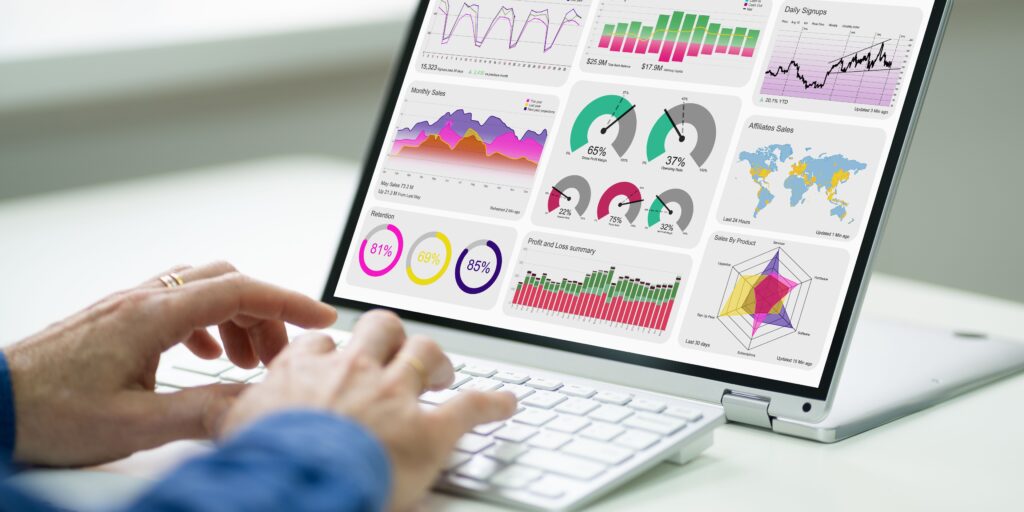
Measure influencer marketing
The digital customer journey is complex. Before the customer finds the way to your checkout her or she have passed through multiple medias. Common tracking methods like Google Analytics and affiliate platforms normally show the last click before the conversion but to understand influencers part in the customer journey we have to dig deeper.
What is the purpose of influencer marketing?
The great advantage with influencer marketing is that we've built trust in our products and brand using influencer relationship with their followers. It's hard to put a number to measure trust but the long term goal is that it should increase sales. Note that if you are a new company it takes time to build trust even if you work with influencers so don't expect an immediate sales result. Try instead to generate other business goals like signups for newsletter or something else to measure and that can lead to future sales.
The most common mistake
A common way to measure influencer marketing is to look at ER (engagemant rate). It's a way to understand how followers interact with the content from the influencer. Engagement is measured comparing likes and comments with the amount of followers. The logic is that if the content gets a lot of likes it was a good campaign or collaboration.
A mistake many companies do is that they look to much and the ER and forget to ask why the followers likes the post. To get a good understanding of the outcome from your companys perspective you should analyse if the followers likes your product, brand or the amazing nature in the background. If the answer is that last reason you should question the outcome of the collaboration.
Create a collaboration purpose that is not about getting likes. For example create a landing page where followers can interact with your brand and measure influencers capability to convert followers to your landing page and then measure interactions.
Clicks and conversion
A preferred way of measuring influencer collaborations is to look at traffic, sales and CR (conversion rate). Most companies use voucher codes, Google Analytics or an affiliate platform for this.
The big advantage is of course that it's very transparent and easy to understand. But this way of measuring also creates problems that we need to understand to be able to do a good analysis. First of all the platforms mentioned above usually only track the last click before the purchase. But your customers are probably smart shoppers. Your customers probaly use Google to find voucher codes or want cashback / loyalty points before finishing the purchase. In this case your Analytics might show that Google or another media sent the sale. But in fact the influencer played the most important role in the customer journey by creating trust in the product / brand.
So to understand the influencers part in your customer journey you need to understand how the journey looks like.
